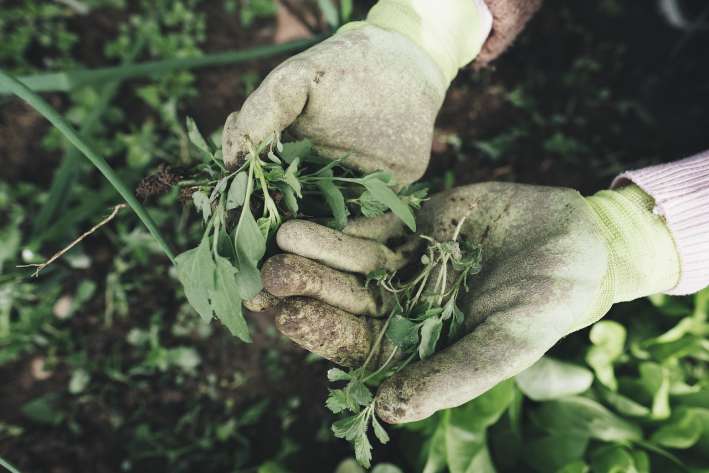Sometimes plants lack iodine.
In this article, we will talk about the signs of microelement deficiency in the garden.
Signs of iodine deficiency in plants
Clear signs of iodine deficiency in the soil are small and pale fruits of tomatoes and peppers.

If there is not enough iodine to grow berries, then the bushes may be characterized by a lack of starch in the fruits, pale leaf color, and slow growth.
In addition, with a lack of iodine, experts note late flowering.
Plants form fruits poorly and slowly and develop seeds.
What does feeding with iodine give
Iodine kills harmful microorganisms, and lactose forms a barrier on the surface of plants that prevents the penetration of fungal spores.
In one container, mix 1 liter of warm water, 5 drops of iodine and 200 ml of low-fat milk.
Use the product once every 2 weeks.
In addition, you can use seaweed for fertilizer.
By adding iodine-containing salts or iodine-rich organic materials to the soil, crops can increase iodine uptake and accumulation.
Previously, we told you why you should grow nasturtium in the garden.












